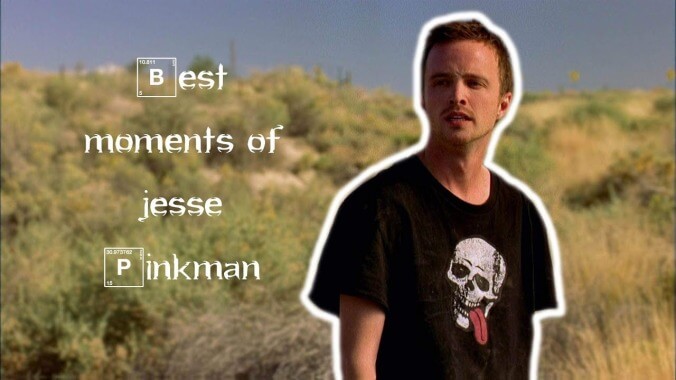Generally, the creator, executive producer, or showrunner makes the call to kill off a character. But the choice to kill off one of the Lone Gunmen—Tom Braidwood’s slouching, nebbish Melvin Frohike—resulted in a bitter fight between the series’ creative mastermind and one of his most important junior writers. When Glen Morgan, who had written some of the most definitive episodes of the show in its early going, submitted his script for season four’s “Musings Of A Cigarette Smoking Man,” it ended with the titular character putting a bullet in the brain of Frohike, thus underlining his ultimate menace. This sequence was actually filmed, but when creator Chris Carter watched the footage, he decided he didn’t want to proceed with that storyline. A new ending was shot, and Frohike was restored to life, the Cigarette Smoking Man lining him up in his sights and saying, “I can kill you whenever I please… but not today.” Morgan and Carter clashed angrily over this choice—the Cigarette Smoking Man even says at one point, “This isn’t the ending that I wrote; it’s all wrong!”—and Morgan would write only one more episode of The X-Files. Years later, Morgan admitted in that he still preferred his ending, but “Musings” had turned out just fine nonetheless.
